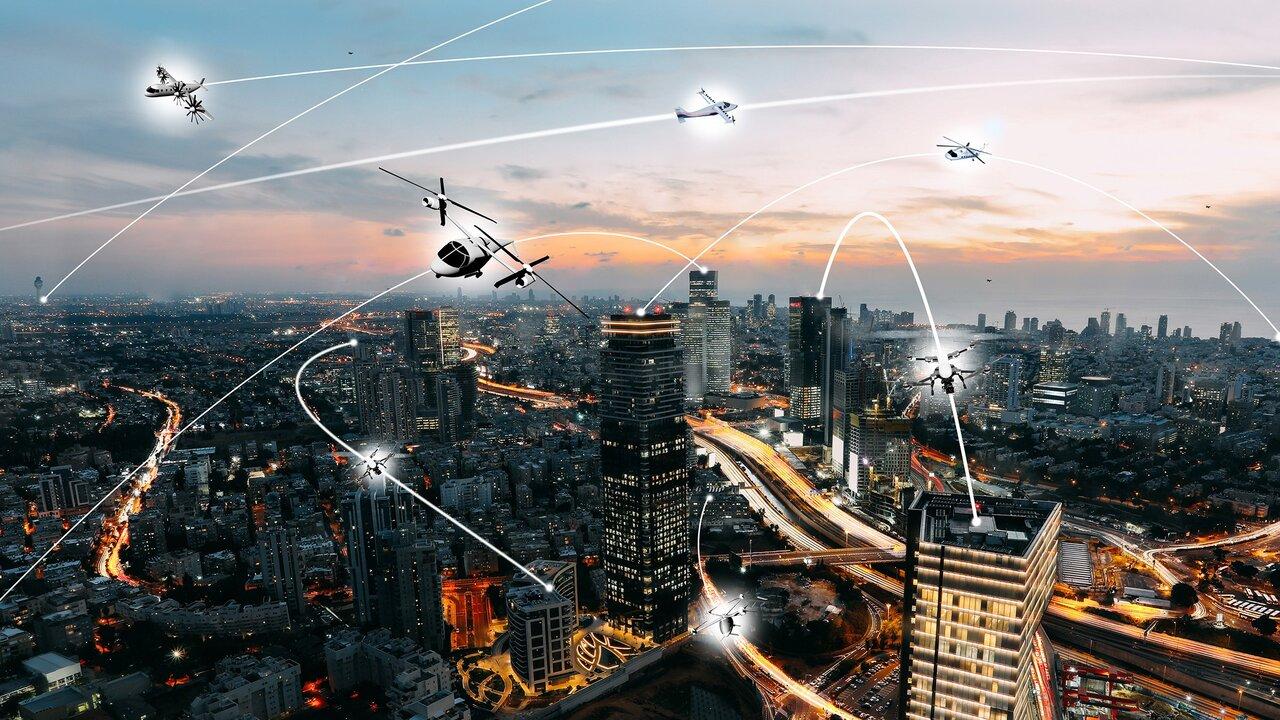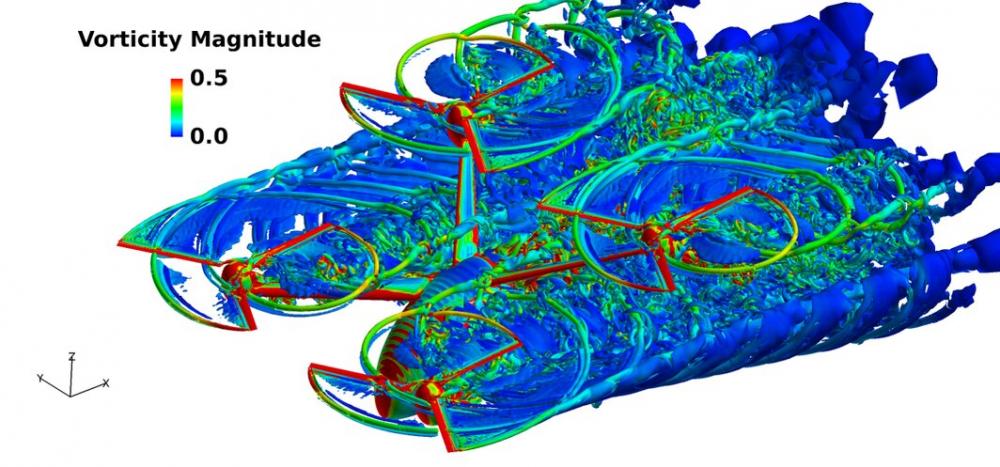
Seongkyu Lee joins $5.8M NASA project to develop design tools for air taxis
Mechanical and aerospace engineering associate professor Seongkyu Lee is part of a new three-year, $5.8 million multi-institution project funded by NASA to improve the rapid development of urban air mobility (UAM) vehicles, also known as air taxis.
UAM might sound like science fiction, but to many, it’s the cutting edge of modern aerospace engineering. Hyundai, Uber and Toyota are all interested in the technology, as is NASA, who recognized the need for new tools to develop these vehicles.
The project’s goal is augment NASA’s OpenMDAO—an open-source tool for the design, analysis and optimization of aircraft—with new capabilities to rapidly design these electric vertical takeoff/landing (eVTOL) aircraft. In other words, given parameters such as noise, safety, cost, range, speed and payload capability, the program will help researchers develop optimized designs to explore in the real world.
The team will develop three levels of design optimization: one that can produce a simple, lower accuracy model in less than an hour, another that takes 10 hours and can produce designs that work only under normal conditions, and a third that can take five days, but produce highly complex and accurate designs that can be used for even the most complicated operating conditions.
“The framework enables optimization at all levels of fidelity, so that gives a lot of flexibility to stakeholders and industry partners so they can use these for different design phases,” Lee said.
Lee’s contribution involves acoustics, or how much noise the aircraft makes. The industry goal is to develop UAM vehicles that make the same level of noise as car traffic, which is already accepted in cities. Reaching this goal of 62 dB is seen as the key to this technology’s adoption.
“We want to optimize aircraft design while meeting the noise criteria so that our design is acceptable,” he said.

Predicting noise for UAM vehicles can be difficult because it means accounting for two types of noise. Tonal noise is the intermittent sound generated when blades interact with the air while rotating, and the broadband noise is the whooshing sound caused by flow turbulence interacting with the blades. Lee’s group has already been working on this by developing UCD-Quietfly, a prediction tool for broadband noise that’s seen widespread adoption among UAM companies and universities.
Using what they’ve learned, Lee’s team will develop analytical noise sensitivity models using the adjoint method, which is something of a computational shortcut that solves equations based on how many things need to be optimized instead of the total number of design variables. Having fewer equations to solve means a faster computation time.
The project is led by UC San Diego and involves collaborations with Lee’s group at UC Davis, San Diego State University, Brigham Young University and two companies. The universities will develop the models, leveraging each group’s expertise, and then work with the companies to build real-world prototypes and validate their models.
If successful, the project will open the door for faster development of UAM vehicles and pave the way for air taxis to become a reality within a decade.
